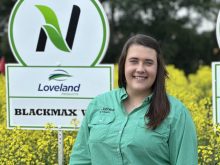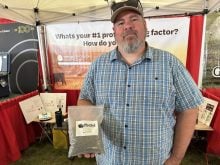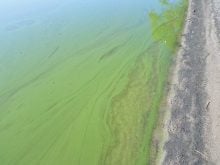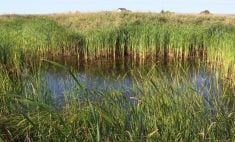Lystek International has received another federal registration for its award-winning biosolids and organics processing technology. The Canadian Food Inspection Agency has certified the company’s St. Mary’s, Ontario, facility for the production of LysteGro, a biofertilizer that can increase organic matter in the soil.
LysteGro is made by treating sludge from municipal wastewater at approved facilities.
“The Lystek process is a thermal hydrolysis process that uses heat, alkali adjustment and high speed shearing to produce a high solids (about 15 per cent) liquid fertilizer,” explains Mike Dougherty, manager of fertilizer production and distribution for Lystek.
Read Also
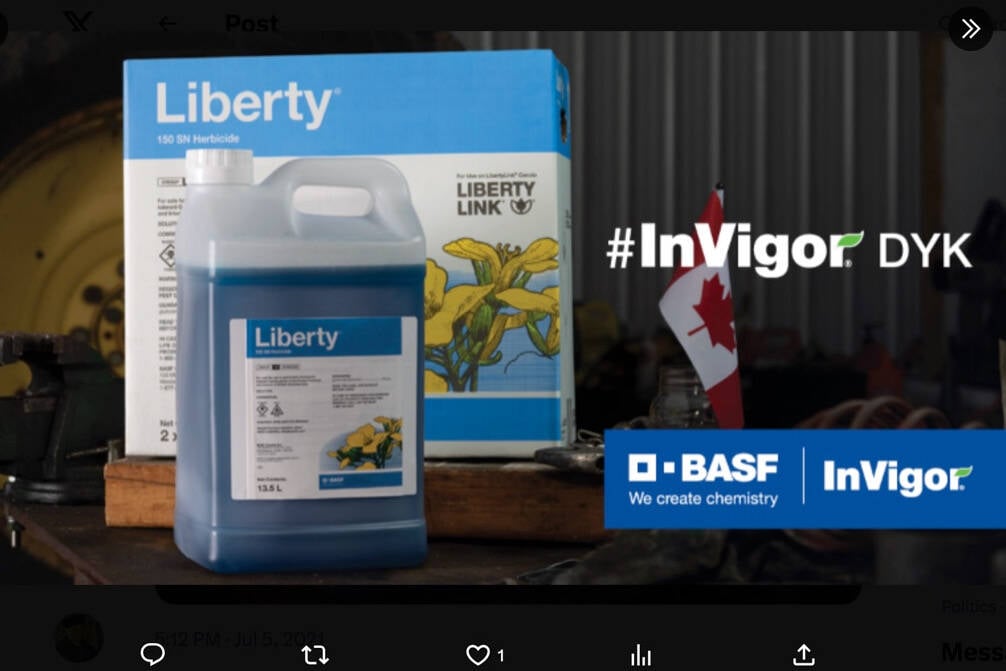
Ten years to study a pesticide?
Health Canada and its Pest Management Regulatory Agency will have taken nine to 10 years to conduct an evaluation of the safety of glufosinate — a herbicide that is already on the market.
“Through the Lystek process, the material is hydrolyzed and stabilized — the process removes all pathogens — resulting in a consistent liquid material with high macro- and micronutrient content and organic matter,” he says.
Each facility requires its own specific registration from CFIA. Lystek’s technology is now registered at six Canadian facilities, with a seventh project underway in Fairfield, California.
In Western Canada, the company’s product is only available out of a wastewater treatment facility in North Battleford, Sask. But Dougherty says there is a strong likelihood of expansion. “There is significant interest from municipalities and industry in Western Canada, so it is expected that material will be available out of other locations in the coming years,” he says.
The company’s six facilities are capable of converting 350,000 tonnes of biosolids and other organic materials into biofertilizer products annually.
High nutrient content
In Ontario, the company’s primary customers are cash croppers with a high demand for increasing organic matter in the soil. “Crops that LysteGro is used to fertilize are typically corn, wheat, canola, soybean, hay, alfalfa, rye and sod,” says Dougherty.
LysteGro fertilizer is considered a “complete” fertilizer treatment, with high concentrations of nitrogen, phosphorous and potassium, along with a suite of micronutrients including calcium, magnesium and copper.
“The material is in a similar form to liquid manure, though more concentrated and consistent,” says Dougherty. “Total volumes applied are greater than that of synthetic chemical fertilizer, but total nutrient loadings are based on agronomic requirements of the soil based on soil samples and projected crop removal.”
LysteGro application is contracted out, with the company organizing application via injection for producers. “It involves fairly specialized, higher-end liquid manure injection equipment that a lot of guys don’t have,” explains Dougherty. “By injecting it you’re putting it closer to the root zone, and minimizing runoff potential. In terms of nitrogen you’re retaining more, and also mitigating any odours.”
Prices quoted to producers include application costs, which are calculated based on hauling distance and other factors.
Saugeen Agri Service Ltd., a Kenilworth, Ont.-based liquid manure spreading company, is contracted to apply LysteGro for producers in the Dundalk, Ont. region. According to owner Harvey Martin, there’s a very high demand for the product in the area. “Usually, producers are willing to try it, and if we do an application they want to spread it on more land the following year,” he says.
“We should have more of these plants going, because there’s no need for hauling the waste sludge into a landfill, and if they can recycle it and get it into commercial fertilizer it’s a win-win for everyone,” he says.
LysteGro prices vary depending on location. Within a 20 kilometre radius of the plant in Dundalk, customers pay $22.50 per 1,000 imperial gallons. Most customers in the region use between 3,000 and 4,000 gallons per acre.
Paying the premium
Jim Patton, who owns a poultry and cash crop operation on 3,500 acres near Alliston, Ont., has been a Lystek customer since the company received its CFIA registration in the region.
He says LysteGro — so far — has been worth the premium. “Right now they have upped their price a bit but it’s a more concentrated product, so we’re paying about $50 to $100 bucks per acre depending on the rate,” he says. “But it’s for long-term building. The Alliston area is known for a lot of potato production. Potatoes take quite a bit out of the ground, so with some of the farms we buy, we’re finding that LysteGro has helped bring these farms back to life,” he says.
Patton says they apply LysteGro selectively on farms that need organic matter “rebuilding,” when water holding capacity and nutrient holding capacity have been depleted.
Patton uses a fertility rotation on all of his farms, and LysteGro is a good fit for his program. “We really like LysteGro — it’s worth the premium. But we’re selective with the farms we choose — we use it as part of a larger program. We use a good rotation of different types of commercial fertilizers and chicken manures on selected farms. This is one piece of the puzzle,” he says.




